Merging three provinces of Dak Nong, Lam Dong, Binh Thuan into the new Lam Dong province
July 1, 2025 marks a major shift in the State administrative organization when the whole country officially implements the policy of merging provinces, eliminating the district level, and streamlining the commune level according to the two-level local government model: provincial and commune levels. Accordingly, 52 provinces and cities were merged, forming 23 new provincial-level administrative units. 11 provinces and cities are not included in the merger, including: Hanoi , Hue, Lai Chau, Dien Bien, Son La, Lang Son, Quang Ninh, Thanh Hoa, Nghe An, Ha Tinh and Cao Bang.
Among the localities that have been merged, Lam Dong province has just merged from three provinces: Lam Dong, Dak Nong and Binh Thuan. The merger of three adjacent provinces not only creates the largest administrative unit in the country in terms of area, but also opens up opportunities to shape a new growth pole in the Southern Central Highlands - South Central Coast region.
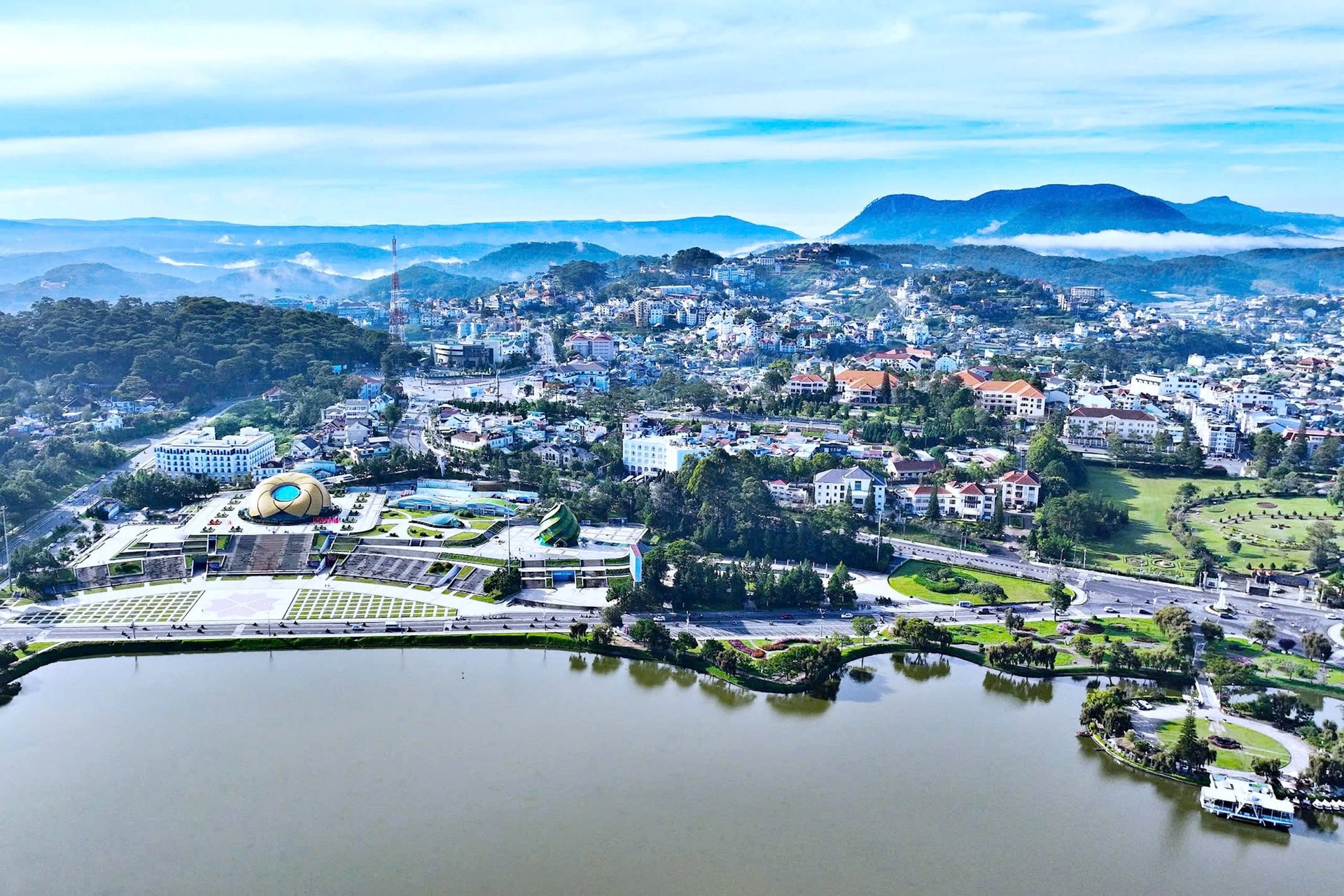
Lam Dong province has a natural area of over 24,000 km², the largest in the country. The population reaches over 3.8 million people, more than four times the population standard. The province's GRDP is up to 329,870 billion VND, ranking 8th in the country.
Da Lat City continues to be chosen as the administrative and political center of the province. With its role as the cultural, economic and tourist core of the Central Highlands for many decades, Da Lat is expected to continue to develop in the direction of a smart city, a strategic connection point between key economic regions.
Regarding the administrative structure, Lam Dong province has 124 commune-level administrative units, including 103 communes, 20 wards and 1 administrative special zone, appearing for the first time in the provincial organizational structure. Of which, 99 communes, 20 wards and special zones were formed after the process of adjustment, merger and renaming. Only 4 communes remain the same, including: Quang Hoa, Quang Son, Quang Truc and Ninh Gia.
The highlight is the Phu Quy special administrative zone, a new administrative unit expected to be a place to test flexible governance mechanisms, prioritize investment attraction, apply high technology and promote breakthrough policies on economy and public administration.
The preparation process for the operation of the new Lam Dong province has been carried out synchronously and systematically. From arranging the office, assigning personnel, to propagating and stabilizing the ideology of cadres and people, everything has been done with a proactive spirit and high responsibility. The new organizational plans have been built in detail to ensure the smooth operation of the government system from the first day of transfer.
Lam Dong province has a natural area of over 24,000 km², the largest in the country. The population reaches over 3.8 million people, more than four times the population standard. The province's GRDP is up to 329,870 billion VND, ranking 8th in the country.
Forming new development space
The merger of the three provinces of Dak Nong, Lam Dong and Binh Thuan has formed a large-scale administrative unit, stretching from the Central Highlands to the South Central Coast. The diverse natural space and large population create a favorable foundation for a streamlined apparatus, effectively operating according to the two-level government model, while promoting a comprehensive and balanced regional development strategy between regions.
With its existing potential and advantages, Lam Dong has all the conditions to shape a new growth pole of the South Central Coast - Central Highlands region, focusing on three strategic pillars: developing green tourism, modern aluminum industry and marine economy combined with high-tech agriculture.
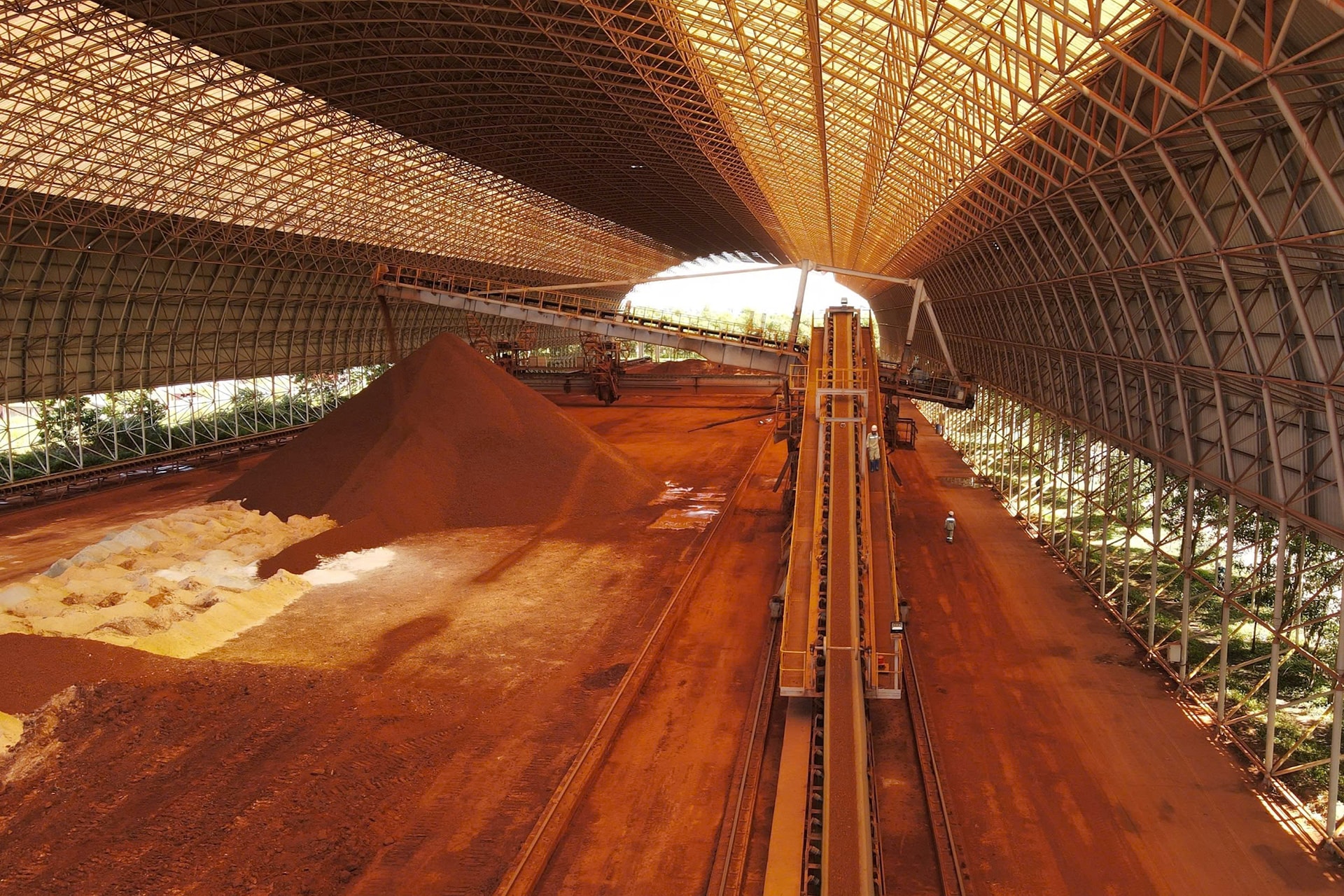
From the connection between the Central Highlands mountains and forests and the South Central Coast, Lam Dong has become one of the localities with the most diverse tourism resources in the country. Da Lat continues to be a national tourism brand with the advantage of special climate, charming scenery and famous destinations such as Xuan Huong Lake, Tuyen Lam, Langbiang, Valley of Love...
In the west of the province, Dak Nong UNESCO Global Geopark stretches nearly 5,000 km², with a system of volcanoes and majestic caves, including nearly 50 caves longer than 10,000m. Ta Dung Lake, likened to "Ha Long Bay on the Central Highlands", is increasingly prominent on the eco-tourism map. In the east, Binh Thuan sea brings a unique color with tourist destinations such as Phan Thiet, Mui Ne, Phu Quy Island... combining high-class resorts with traditional fishing village culture. With such potential, tourism is oriented to develop in depth, aiming for high quality, associated with ecological conservation, culture and indigenous communities.
Along with tourism, the bauxite - aluminum - aluminum industry will be an important economic pillar of the new Lam Dong province. With an estimated bauxite reserve of over 5.4 billion tons of raw material, of which Dak Nong accounts for about 4.2 billion tons, this region holds nearly half of the country's bauxite resources. Currently, the two major projects are the Lam Dong Bauxite - Aluminum Complex (Tan Rai) and the Nhan Co Aluminum Factory (Dak Nong), operated by the Vietnam National Coal - Mineral Industries Group (TKV), producing about 650,000 tons of aluminum per year/factory.
In addition, a number of other bauxite projects are being promoted, expected to increase alumina capacity many times over. Thanks to the connection with the Ke Ga seaport system, bauxite - aluminum industrial complexes here can close the value chain from mining, processing to export. According to TKV's strategy, from now until 2045, alumina output can reach 6 million tons/year, with the goal of producing aluminum ingots domestically, reducing dependence on raw material exports.
In addition to tourism and industry, the new Lam Dong also has great advantages in marine economy and high-tech agriculture. With 192 km of coastline, 52,000 km² of fishing grounds and a rich coastal island system, the locality is orienting towards sustainable development of the marine economy combined with ecological conservation, including renewable energy (wind power, wave power), green hydrogen production, high-tech coastal industry and island tourism. Binh Thuan, the coastal area of the new Lam Dong province, aims to have 80% of its marine area protected for biodiversity by 2030, while upgrading seaports, logistics systems and coastal afforestation to respond to climate change.
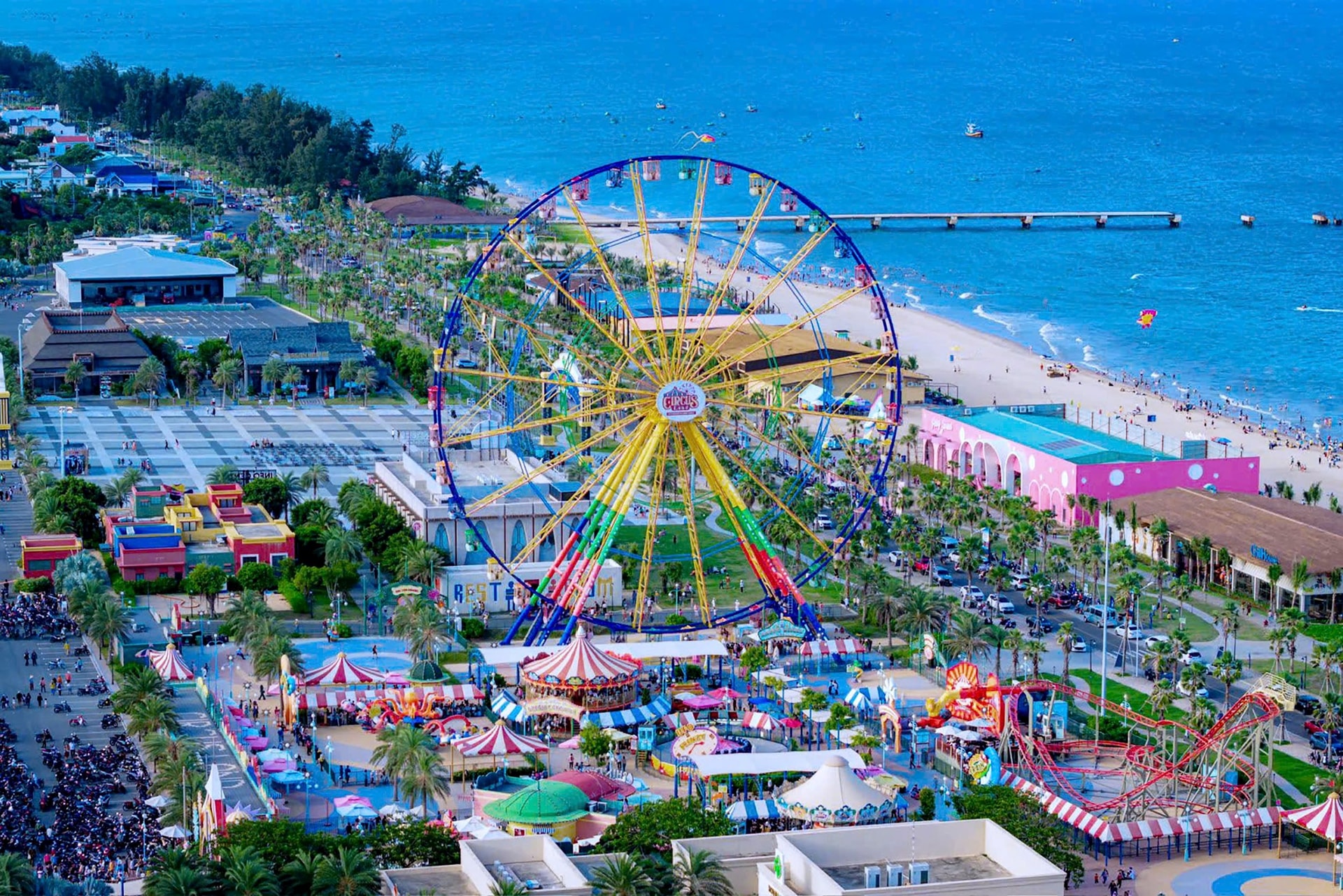
In addition, with more than 1 million hectares of agricultural land, including typical agricultural ecosystems of the Southeast and Central Highlands, Lam Dong has ideal conditions to develop smart, organic and high-tech agriculture. From greenhouse models for growing vegetables and flowers to digital agriculture, the locality is gradually forming a modern, sustainable agriculture linked to the export market.
The merger of three provinces not only expands the geographical space but also opens up a long-term development vision. If carefully planned, with the interests of the people at the center, Lam Dong province can completely become a dynamic economic center, playing a strategic role in creating a sustainable regional development model for the whole country. A new land is being formed not only as a geographical accumulation but also as a symbol of an aspiration to rise up comprehensively, modernly and integratedly.
Lam Dong province has 124 commune-level administrative units, including 103 communes, 20 wards and 1 Phu Quy administrative special zone. Of these, 99 communes, 20 wards and special zones were formed after the process of adjustment, merger and renaming. Only 4 communes remain the same, including: Quang Hoa, Quang Son, Quang Truc and Ninh Gia.
What direction for Lam Dong to develop sustainably after the merger?
The formation of the new Lam Dong province marks an important turning point, posing an urgent need for a synchronous and effective development strategy. Given its large scale and diverse potential, the new Lam Dong province needs a suitable direction and breakthrough solutions to maximize regional advantages.
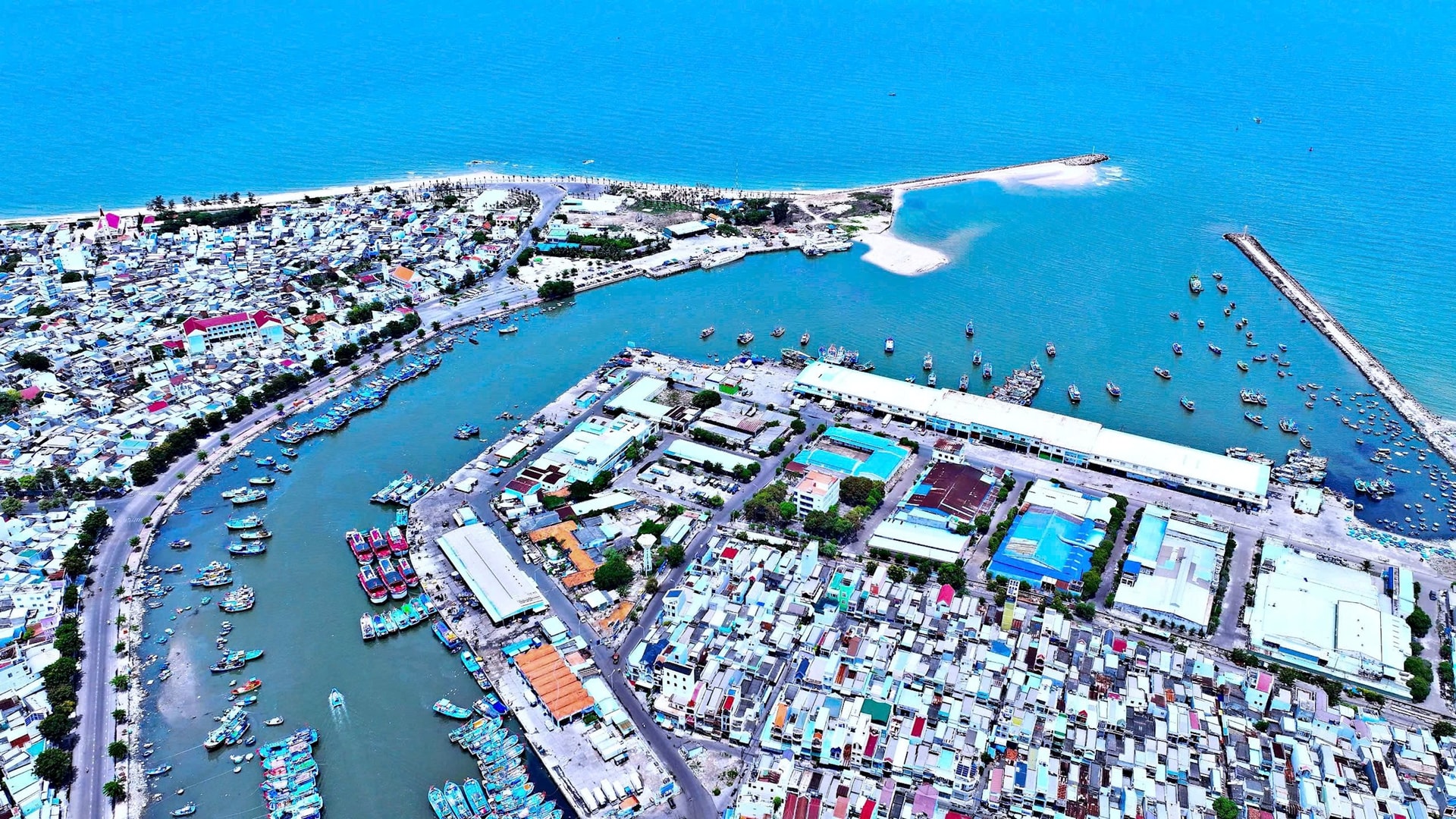
At the Workshop on new socio-economic development orientations of Lam Dong province in the period of 2026-2030 and the following years held on June 10 in Da Lat, Deputy Secretary of the Provincial Party Committee, Chairman of Lam Dong Provincial People's Committee Tran Hong Thai assessed that the socio-economic development potential of the new Lam Dong province is very large, focusing on the fields of agricultural processing industry, sustainable metallurgy industry, clean energy, trade and services, tourism, marine economy...
To exploit and develop effectively and sustainably, the new Lam Dong needs to focus on developing multi-regional and multi-polar linkages, reorganizing integrated and multi-center development space; ensuring inclusive development, taking people as the center so that all regions can enjoy the results.
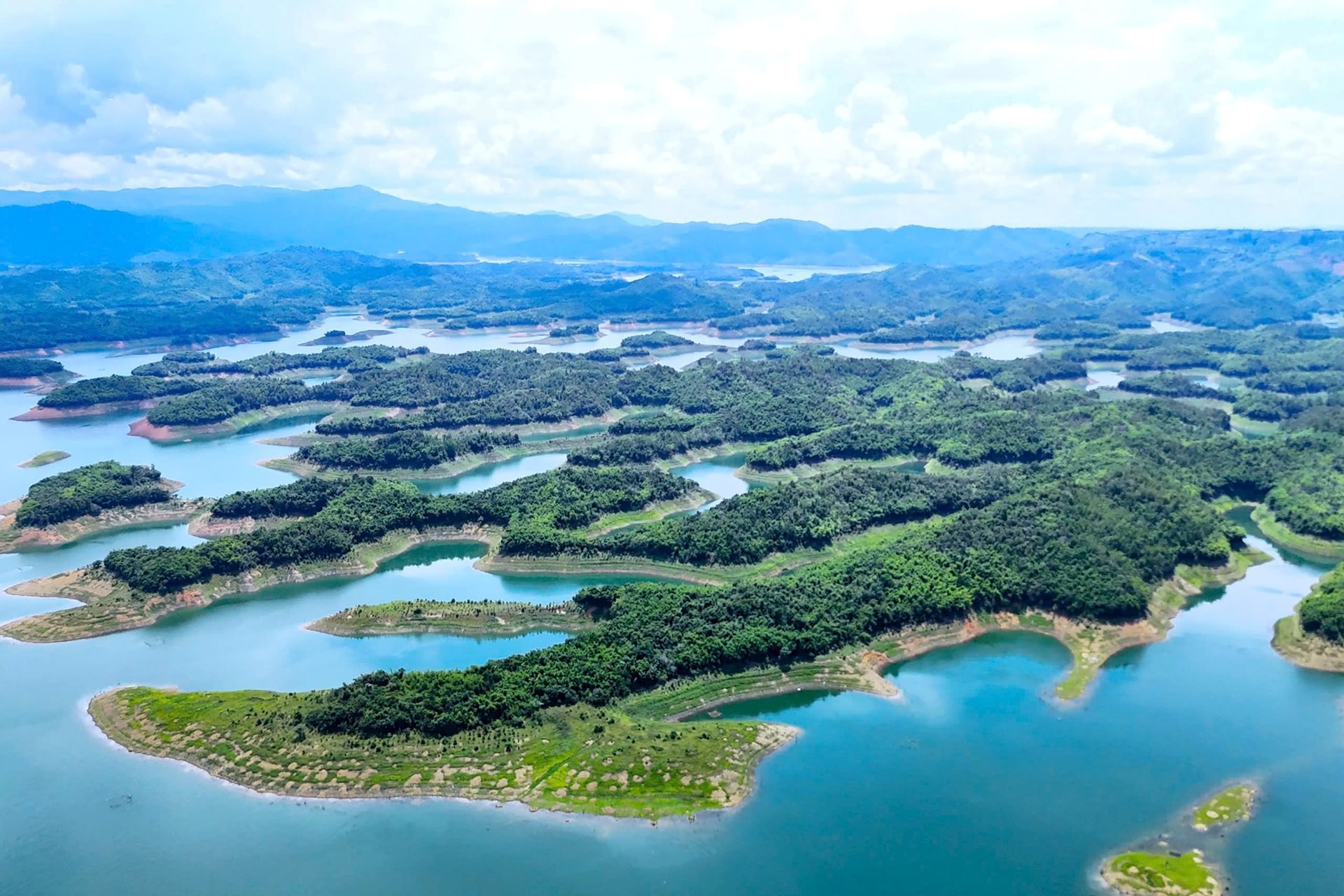
According to Associate Professor Dr. Luu Duc Hai, Director of the Institute for Urban Research and Infrastructure Development, Lam Dong province needs to focus on developing high-tech industry, green industry and ecological infrastructure. Associate Professor Dr. Luu Duc Hai suggests a specific distribution model: Lam Dong develops clean agricultural processing industry; Dak Nong exploits sustainable resources and renewable energy; Binh Thuan promotes its strengths in energy industry and seafood processing. Industrial parks need to take the lead in greening with wastewater recirculation, using renewable energy and utilizing agricultural by-products to both increase value and protect the environment.
Along with the development of green industry, tourism is identified as an economic pillar that needs to be restructured towards sustainability and high value. Assoc. Prof. Dr. Pham Trung Luong, former Deputy Director of the Institute of Tourism Research, proposed to re-plan the tourism space according to the value axes associated with cultural and natural heritage. Specifically, the cultural heritage axis from Cu Jut - Da Lat - Phan Thiet and the natural heritage axis from Ta Dung - Bidoup Nui Ba - Hon Cau - Phu Quy need to be invested in appropriate infrastructure. Associate Professor Dr. Pham Trung Luong also emphasized the development of new tourism products such as healing tourism, eco-tourism, health care and night economy, aiming at a sustainable tourism model, attracting high-quality visitors.
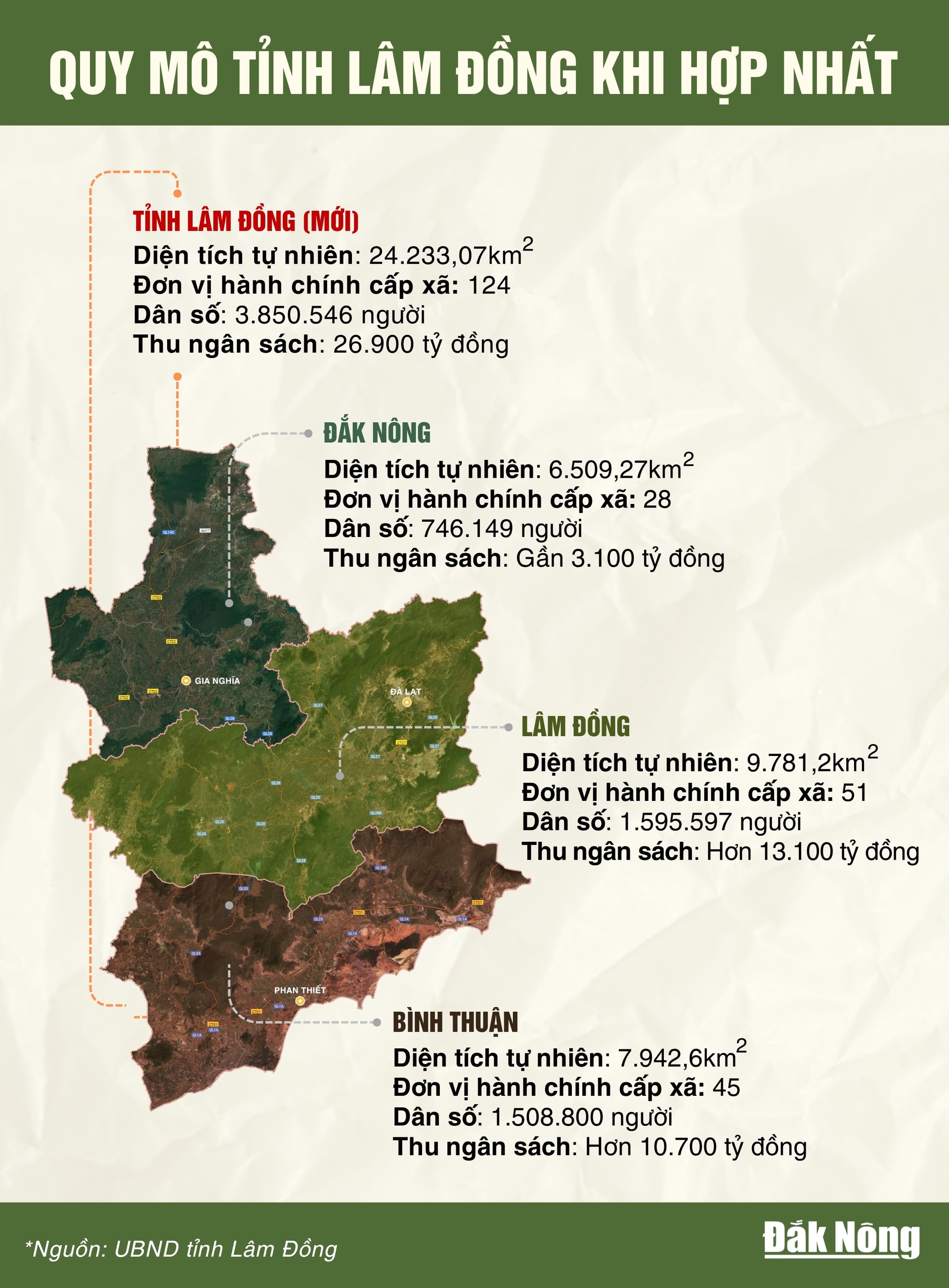
In relation to the above two pillars, high-tech agriculture plays an indispensable role. Dr. Pham Hong Hien, Deputy Head of the Department of Science and International Cooperation, Vietnam Academy of Agricultural Sciences, said that Lam Dong needs to form an inter-regional high-tech agricultural zone in the South Central Highlands - South Central Coast, promoting the advantages of each locality. Lam Dong is currently strong in vegetables, flowers, strawberries, tea, coffee and dairy cows; Dak Nong with coffee, pepper, organic rice and fruits; Binh Thuan stands out with dragon fruit, grapes, apples, asparagus and sheep and goat farming.
According to Dr. Pham Hong Hien, to increase value, Lam Dong province needs to build a regional agricultural product brand, develop a modern consumption system through e-commerce, controlled exports and digital transformation of the entire production chain.
“Developing high-tech agriculture must be a comprehensive solution from varieties, production, processing to the market to connect the strengths of each region, create a sustainable value chain and enhance international competitiveness,” Dr. Pham Hong Hien affirmed.
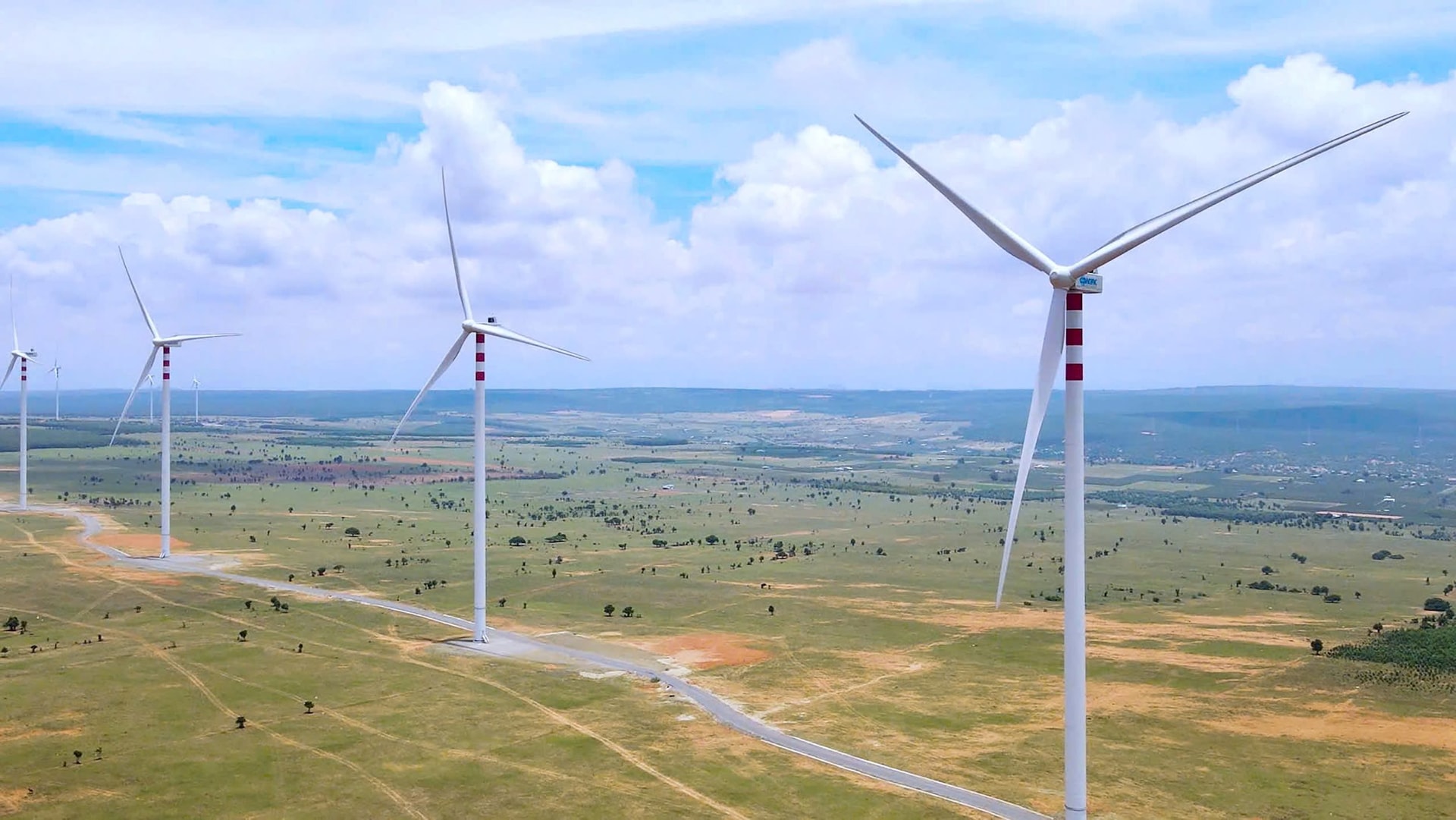
Developing the new Lam Dong province is not only a practical requirement but also an important political task. At the working session with the leaders of the three provinces, General Secretary To Lam gave fundamental strategic directions.
First of all, it is necessary to urgently complete the consolidation of the organizational apparatus from the province to the grassroots in a streamlined, effective and efficient manner. This is a prerequisite for the new apparatus to operate smoothly in the new administrative and economic space.
Next, the General Secretary requested to soon build a socio-economic development strategy based on integrated thinking and long-term vision. This must be the guideline for all local activities, ensuring systematicity and sustainability. In addition, strategic breakthroughs, from infrastructure, institutions to human resources, need to be implemented synchronously, linked to the characteristics of each region and the major orientations of the Central Government. Along with development, it is necessary to maintain national defense and security and build a deep and broad social consensus as a foundation for successful unification and stable development.
Finally, successfully organizing Party Congresses at all levels is an especially important political task, ensuring a solid transition in thinking, organization and staff in the new context.
The new Lam Dong is facing a historic opportunity to break through and become a green, smart and sustainable growth pole of the South Central Coast - Central Highlands region. To realize this goal, it requires high political determination and a great sense of responsibility from each cadre, party member and the entire political system. More importantly, it is necessary to choose the right direction, appropriate and breakthrough solutions and to organize and implement them effectively right from the new apparatus.
Source: https://baolamdong.vn/lam-dong-moi-truoc-trang-su-moi-269977.html


![[Photo] Cat Ba - Green island paradise](/_next/image?url=https%3A%2F%2Fvphoto.vietnam.vn%2Fthumb%2F1200x675%2Fvietnam%2Fresource%2FIMAGE%2F2025%2F12%2F04%2F1764821844074_ndo_br_1-dcbthienduongxanh638-jpg.webp&w=3840&q=75)





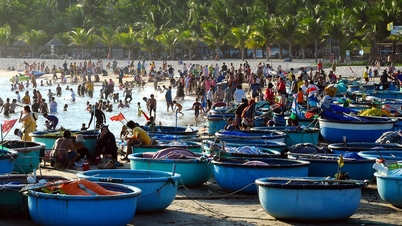

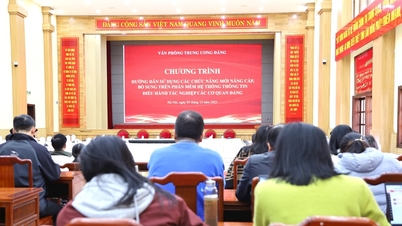
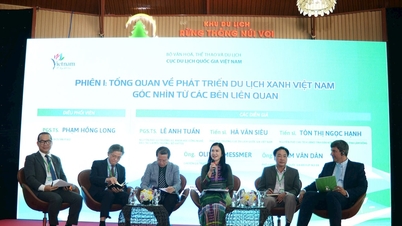
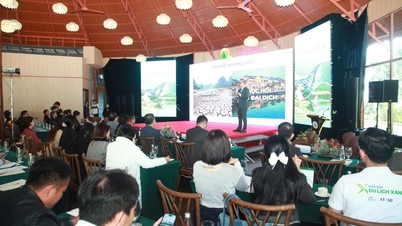







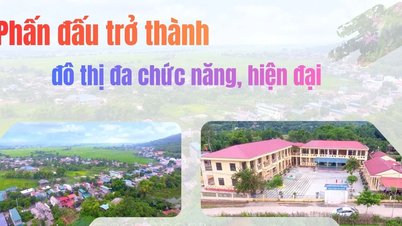



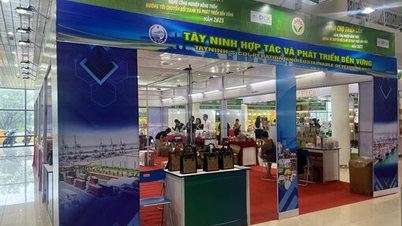

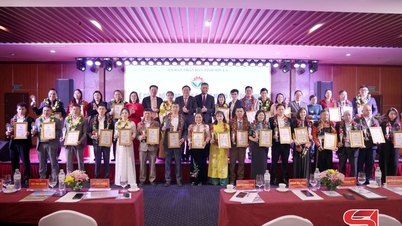






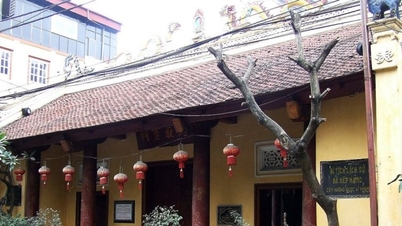
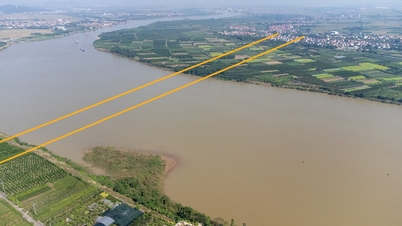
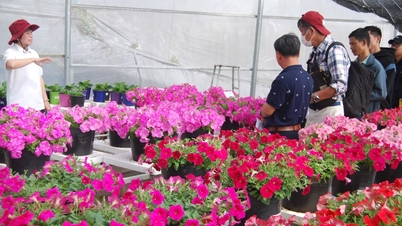




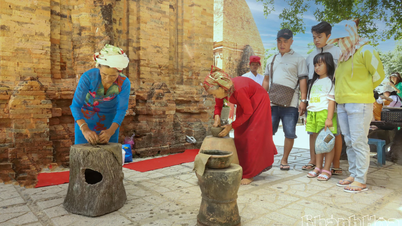

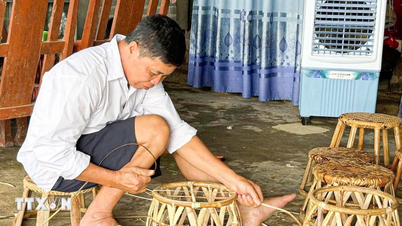



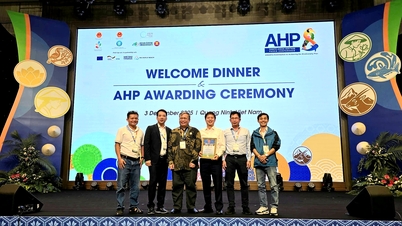




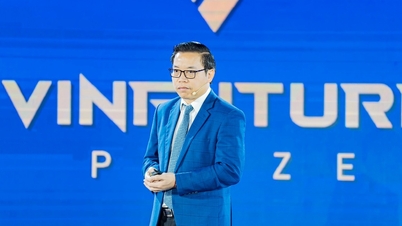

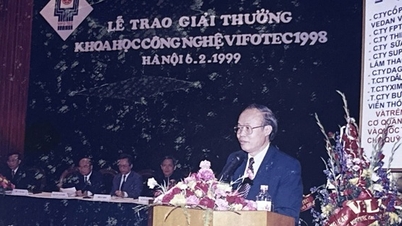

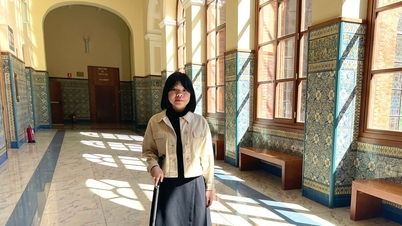


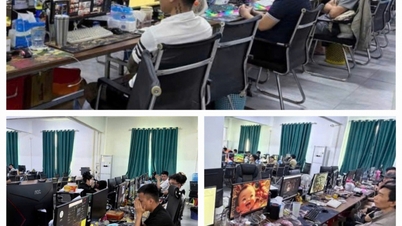

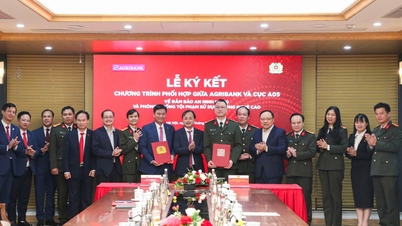

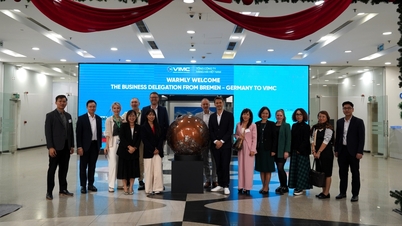
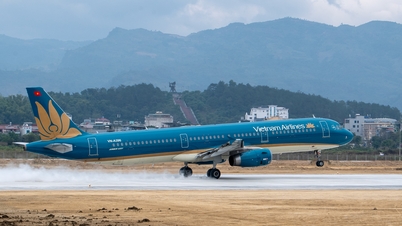











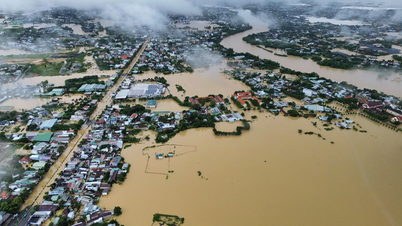



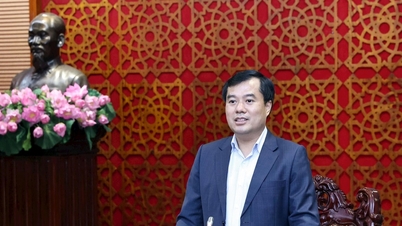
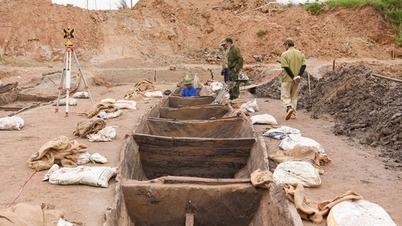





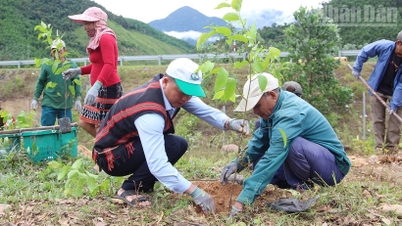



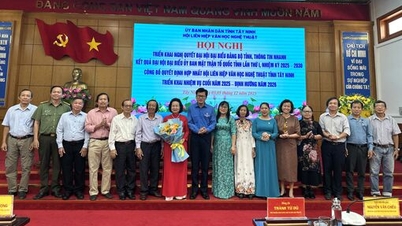
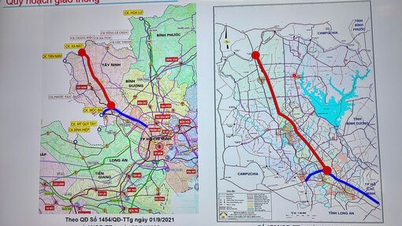








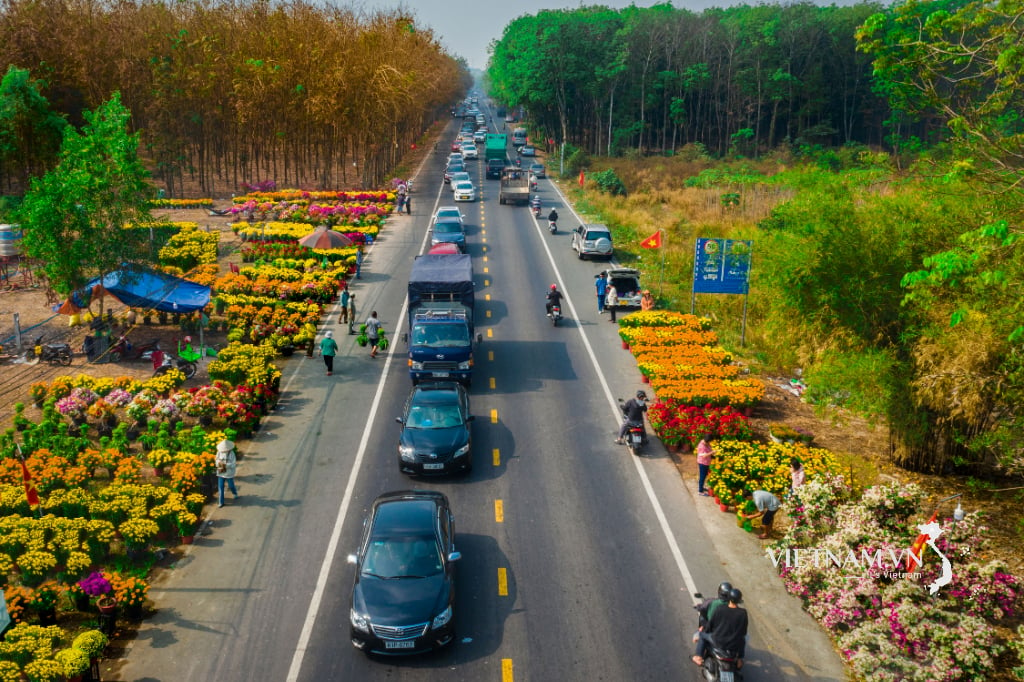







Comment (0)